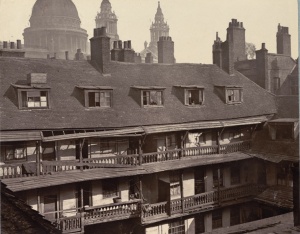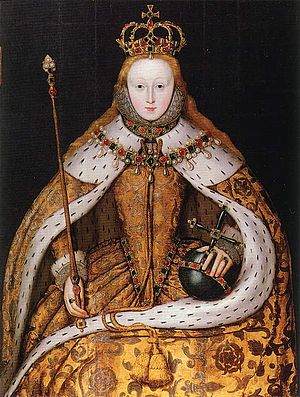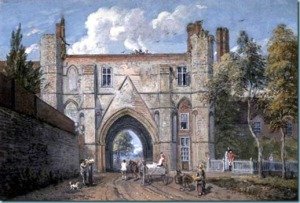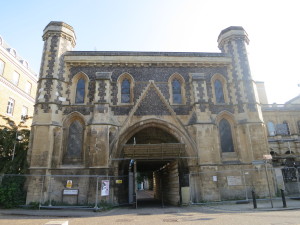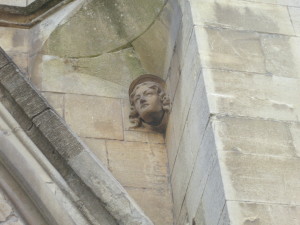This coming Monday, November 24, is launch day for my latest novella release, A Christmas Reunion! is available for preorder now at all the major ebook retailers.

Gabriel Shepherd has never forgotten his humble origins. So when he discovers a war orphan at Christmastime, he resolves to find a home for her—even if that means asking help from the very family who found and raised him, only to cast him out for daring to love the wrong woman.
Lady Catherine Trevilian has spent five years poring over the British Army’s casualty list, dreading the day she sees Gabe’s name. She’s never forgotten him, and she’s never forgiven herself for not running away with him when she had the chance, though she’s agreed to a marriage of convenience with a more suitable man.
When Gabe returns home on Christmas leave just days before Cat’s wedding, a forbidden kiss confirms their feelings haven’t been dimmed by distance or time. But Cat is honor-bound to another, and Gabe believes she deserves better than a penniless soldier with an orphan in tow. How can Cat reconcile love and duty? She must convince Gabe she’d rather have him than the richest lord in all of England…
Here’s an excerpt I hope will whet your appetite. Cat’s fiance Anthony has just witnessed her reunion with Gabe, and he has questions…
—–
“Catherine,” he said abruptly, “what is Captain Shepherd to you?”
“What do you mean?” She strove for a light, steady voice. “He grew up with Richard and Harry, so I think of him as a cousin, even though we’re not of the same blood.”
“No.” He huffed out a breath and stepped away from the hearth, watching her carefully. “You don’t fidget and breathe faster every time Richard comes within a yard of you. You and Harry don’t dart glances at each other and turn red every time you happen to look at the same time.”
Cat sighed. Curse Anthony’s perceptiveness. If only Gabe had arrived an hour or two before him, she would’ve had time to school her face and body to calm in his presence. “Very well,” she said. “The reason my uncle sent Gabriel into the army is that he kissed me under the mistletoe, and we were caught at it.”
“Five years ago. That would’ve made you eighteen and him…?”
“Twenty. He’s a few months younger than Harry.” She wished Anthony wouldn’t loom so, but she refused to stand up, lest this conversation become even more of a confrontation.
His eyes narrowed. “Sending him off to war for a mere kiss seems rather extreme. Surely a pretty girl of eighteen and a good-looking lad of twenty under the same roof exchanging a kiss isn’t so shocking, as long as it doesn’t get out of hand.”
His tone and a certain ironic lift of his eyebrow suggested suspicions the kiss had indeed got out of hand. Cat took a deep breath and considered her next words. She was not going to tell Anthony where she and Gabe had been when they were caught, nor how they’d been touching each other.
Instead she turned to one of the lectures her aunt had given her when she’d wept over Gabe’s exile. “That’s just it, you see. Some of my Trevilian relations hadn’t liked it when I came to Edenwell after Papa died because there were three young men in the household. They thought it too dangerous, that I might end up compromised or maneuvered into marrying Richard or Harry whether I freely consented or not. They weren’t so very far wrong, after all. My uncle wouldn’t have gone so far as to force my consent, but he certainly used every lawful means at his disposal to try to convince me to wed Harry.”
“He must’ve been mad. Anyone could see the two of you are entirely unsuited.”
Cat bit her lip and traced a pattern in the rug with one slippered foot. Anthony was so alert to all the little games people played within society. If she claimed that her—call it her infatuation—with Gabe had begun as a game, would it deflect him from suspecting it had become far more? She lifted her chin and met her betrothed’s eyes. “Ah, but Gabriel was much worse in everyone’s eyes. He was entirely unsuitable.”
Anthony studied her in silence for a moment. Then he visibly relaxed, and one corner of his mouth twitched in amusement. “Why, Catherine! You deliberately struck up a flirtation with him to defy your uncle. You did.”
She shrugged. “Uncle Edenwell might have been my guardian until I came of age, but I wanted him to know he couldn’t rule my heart or my mind.”
“Ha! Well done. And a lesson to me never to allow myself to become a dictatorial sort of husband.”
“You’d do well to remember that,” she said archly, then shook her head. “Though it wasn’t well done of me at all, when you consider the consequences. Before that night my uncle had intended for Gabriel to become steward of the family properties when he was a little older. No one had ever thought of the army for him, and I’ve spent the past five years in fear of seeing his name in the casualty lists. If Uncle Edenwell had been in less of a temper, he might’ve sent Gabriel away for a few years to one of his more distant estates to practice his profession, but that wasn’t my uncle’s way. He was never one to be satisfied with merely doing enough, when a more extreme solution was available.”
“Hmph. So Richard often gave me to understand.”
Cat suppressed a sigh of relief. It pained her to speak so lightly of Gabe, who had been her dearest friend even before he became her first love, but at least she thought she had calmed Anthony’s suspicions.
“But he must have meant something to you, beyond a means to annoy your uncle,” he probed, “or you wouldn’t be so—so struck by his presence now.”
Or, perhaps not.
—–
Another excerpt and buy links for A Christmas Reunion are available at my website. And if you’re looking to fill your virtual stocking with festive reads, my short holiday novella from 2013, Christmas Past, is still available too.

